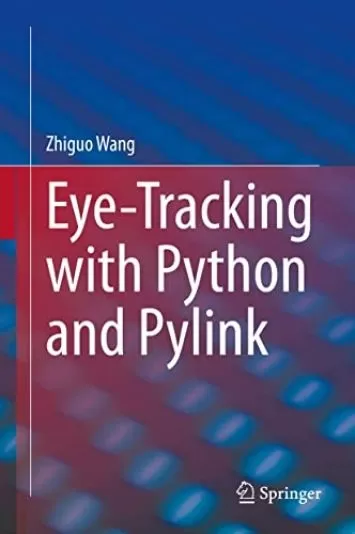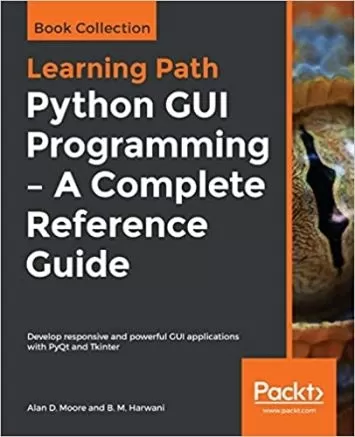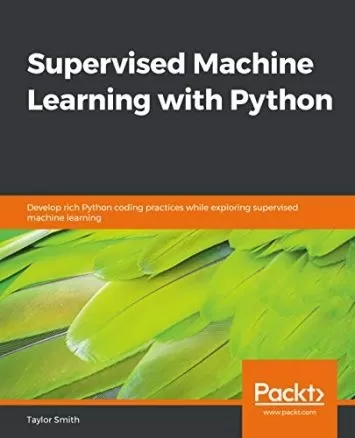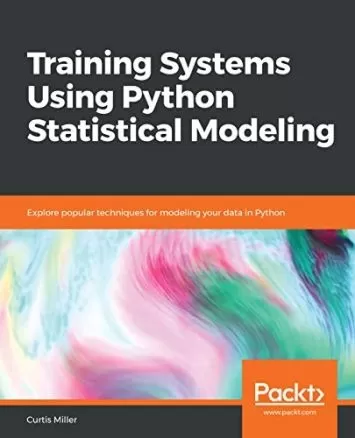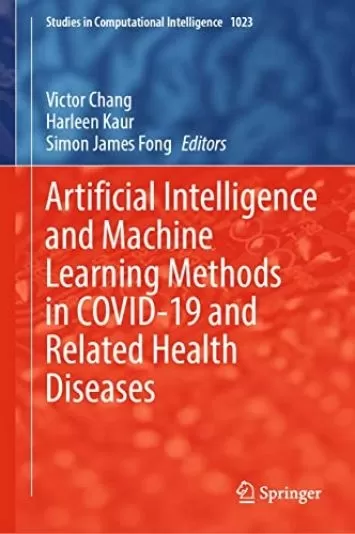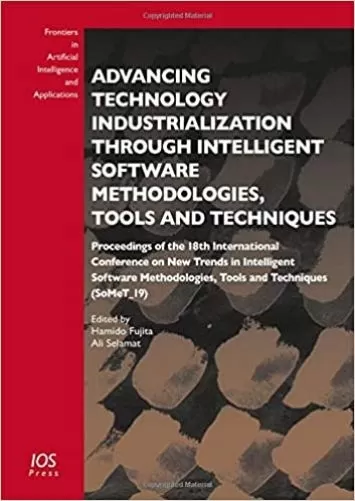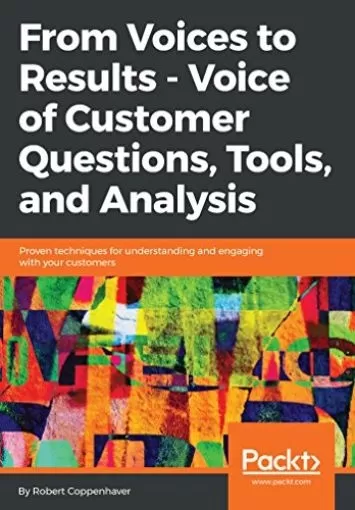
Hands-On Ensemble Learning with Python: Build highly optimized ensemble machine learning models using scikit-learn and Keras
Category
Author
Publication
Packt Publishing
Ensembling is a technique of combining two or more similar or dissimilar machine learning algorithms to create a model that delivers superior predictive power. This book will demonstrate how you can use a variety of weak algorithms to make a strong predictive model.
With its hands-on approach, you'll not only get up to speed on the basic theory but also the application of various ensemble learning techniques. Using examples and real-world datasets, you'll be able to produce better machine learning models to solve supervised learning problems such as classification and regression. Furthermore, you'll go on to leverage ensemble learning techniques such as clustering to produce unsupervised machine learning models. As you progress, the chapters will cover different machine learning algorithms that are widely used in the practical world to make predictions and classifications. You'll even get to grips with the use of Python libraries such as scikit-learn and Keras for implementing different ensemble models.
By the end of this book, you will be well-versed in ensemble learning, and have the skills you need to understand which ensemble method is required for which problem, and successfully implement them in real-world scenarios.
About the Author
George Kyriakides is a Ph.D. researcher, studying distributed neural architecture search. His interests and experience include automated generation and optimization of predictive models for a wide array of applications, such as image recognition, time series analysis, and financial applications. He holds an M.Sc. in computational methods and applications, and a B.Sc. in applied informatics, both from the University of Macedonia, Thessaloniki, Greece.
Konstantinos G. Margaritis has been a teacher and researcher in computer science for more than 30 years. His research interests include parallel and distributed computing as well as computational intelligence and machine learning. He holds an M.Eng. in electrical engineering (Aristotle University of Thessaloniki, Greece), as well as an M.Sc. and a Ph.D. in computer science (Loughborough University, UK). He is a professor at the Department of Applied Informatics, University of Macedonia, Thessaloniki, Greece.
- Implement ensemble methods to generate models with high accuracy
- Overcome challenges such as bias and variance
- Explore machine learning algorithms to evaluate model performance
- Understand how to construct, evaluate, and apply ensemble models
- Analyze tweets in real time using Twitter's streaming API
- Use Keras to build an ensemble of neural networks for the MovieLens dataset
This book is for data analysts, data scientists, machine learning engineers and other professionals who are looking to generate advanced models using ensemble techniques. An understanding of Python code and basic knowledge of statistics is required to make the most out of this book.
- A Machine Learning Refresher
- Getting Started with Ensemble Learning
- Voting
- Stacking
- Bagging
- Boosting
- Random Forests
- Clustering
- Classifying Fraudulent Transactions
- Predicting Bitcoin Prices
- Evaluating Twitters Sentiment
- Recommending Movies with Keras
- Clustering Application: World Happiness









